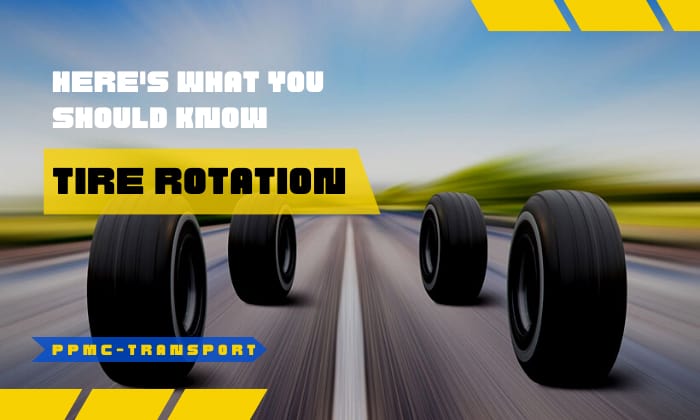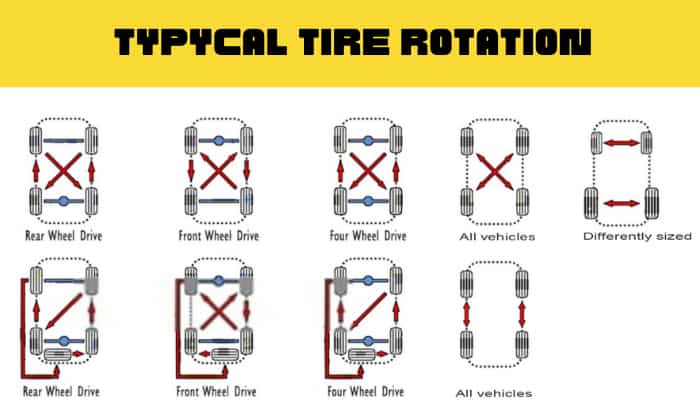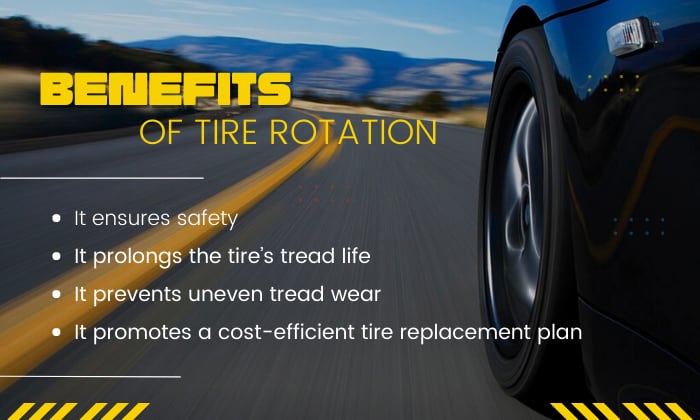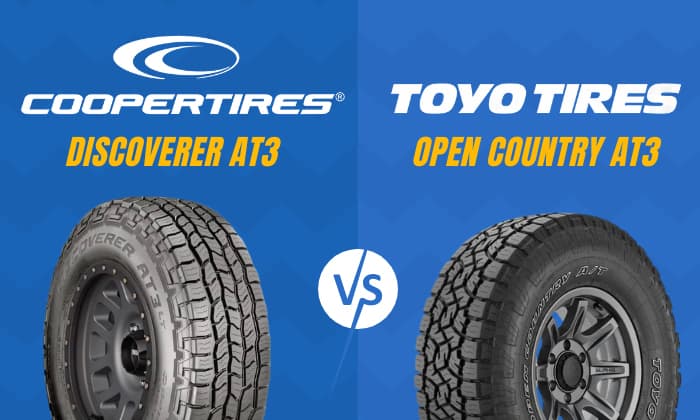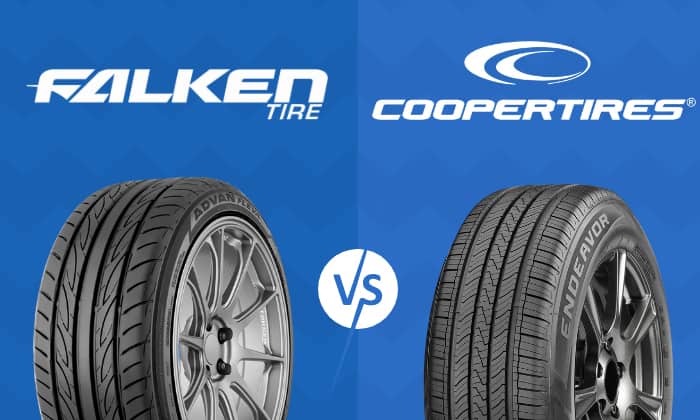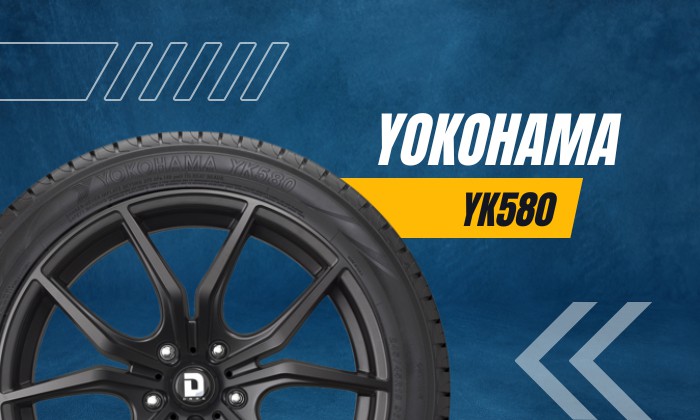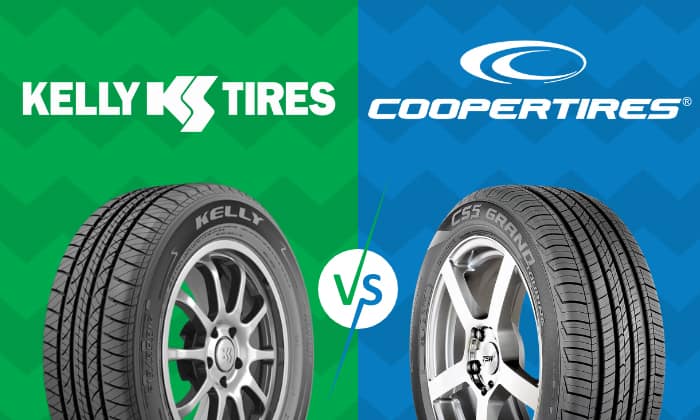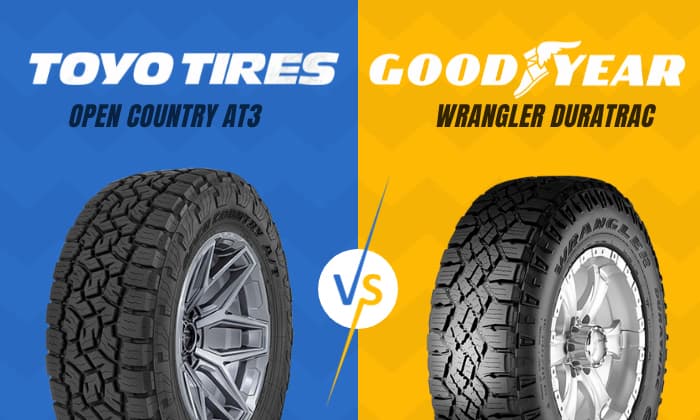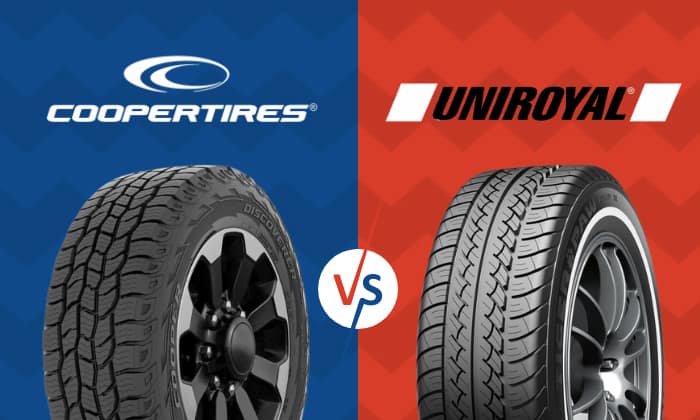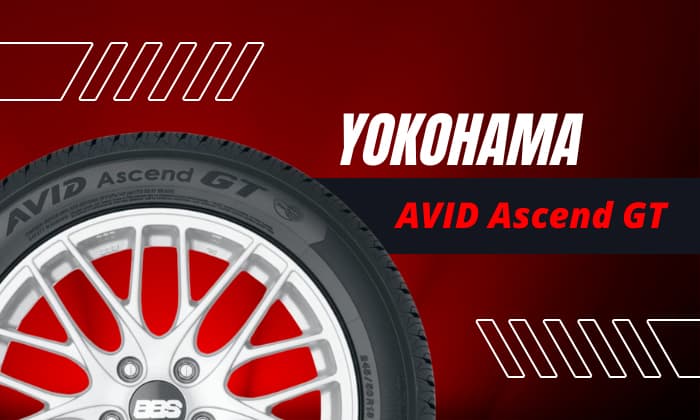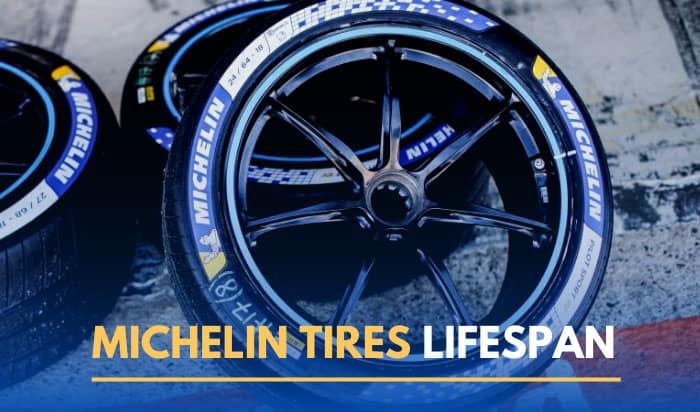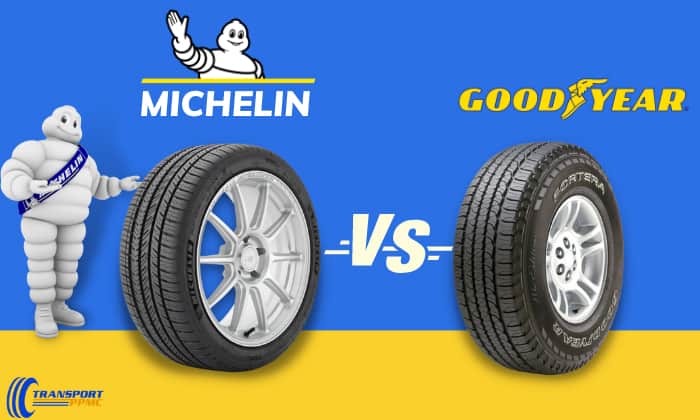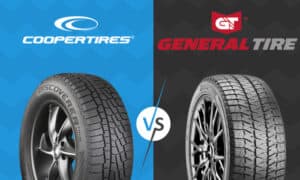Tires are expensive to maintain, but if you know proper tire rotation, it can massively extend the tread life of your tires.
Automakers have specific tire rotation recommendations per vehicle, but most suggest rotating tires every 6,000 miles or six months.
But, what is a tire rotation? Tire rotation pertains to the periodical switching of the front and back tires using one of the three rotation patterns: 1) rearward cross, 2) forward cross, and 3) X pattern.
Table of Contents
What Is the Proper Rotation Pattern?
A proper tire rotation pattern refers to the movement of front and back tires to a different position at a specific interval according to the need of the vehicle.
For example, a five-tire rotation includes a spare tire in the switch. However, the spare tire should not be included in a six-tire rotation for trucks with dual wheels.
To rotate truck tires, the outer dual tires are moved to the inner position. Then, the inner dual tires are placed in the front or steering position. The steer tires become the outer dual tires.
During winter, car owners prefer studded tires. Tires should be moved from front to back on the same vehicle side every 4,000 miles or at the onset of the winter season. To achieve the longest service life, the tire rotation direction of studded tires should never be changed.
Note that each car manufacturer has distinct tire rotation procedures, but the Tire & Rim Association outlined three rotation patterns that are compatible with the following:
- front-wheel-drive
- rear-wheel drive
- a vehicle with uniform directional tires
- A vehicle with non-directional tires
- A vehicle with different-sized wheels and tires
The Three Rotation Patterns
- 1. Rearward Cross moves the front tires to the back (rearward) and then across the opposite side of the vehicle. The back tires move to the front without switching sides. This tire rotation pattern 4×4 is recommended for 4-wheel, all-wheel (AWD), and rear-wheel drive vehicles.
- 2. Forward cross moves the left front tire to the left rear while the right front tire goes to the right rear. The left rear tire moves to the right front, and the right rear tire moves to the left front. This pattern is used to rotate tires 4-wheel drive, AWD, and rear-wheel drive.
- 3. X pattern or cross pattern places the front and back tires on opposite sides. This tire rotation pattern is popular with 4-wheel drive vehicles.
Why Is Tire Rotation Important?
1. It ensures safety.
Tire rotation’s main purpose is to ensure the tires are not worn out.
The National Highway Traffic Safety Administration (NHTSA) reported around 11,000 tire-related crashes yearly and pointed out that a tire is unsafe if its tread depth measures 2/32 inches.
Therefore, investing in tire rotation time is essential in securing a safe vehicle for travel or work.
Check this guide to know the way to check tire tread using a penny here!
2. It prolongs the tire’s tread life.
The average tire age is six years, but vehicle owners can make it last up to 10 years, and those tires will be forcibly replaced no matter how much tread was left.
In this connection, to rotate tires mean preventing premature tire replacement. Changing the position of the tires at a regular interval helps automobile owners determine factors that might cause tires to wear out fast.
They may suspect the following factors:
- Tire Quality and Design
Some tire manufacturers promise longevity as high as 80,000 miles though the average is 60,000- 70,000. However, maintenance routine and unsafe driving conditions affect the service life of tires.
- Poor driving style
Some poor driving habits that cause tires to give up are hitting curbs and speed bumps, hard accelerations and hard braking together, and driving with heavy loads on poorly constructed roads. This aggressive driving behavior may cause misalignment and suspension damage, leading to tire wear.
- Location
Tires tend to have a shorter life span when exposed to sunlight and warm temperature. Therefore, where you drive and the frequency of driving to these places with warmer climates affect the tire tread.
3. It prevents uneven tread wear.
Depending on the type of vehicle, the handling of the front and rear tires are different because they are influenced by weight, acceleration, braking, and steering. For example, if the vehicle is pulled in one direction, one might suspect underinflation or wheel misalignment.
Hence, rotate tires mean the vehicle owner is given a chance to inspect each tire for damage and assess the need for appropriate tire services such as:
- Tire rotation and balance- when your vehicle produces annoying vibration while driving, it’s time to check and restore the balance on the front and back tires.
- Tire rotation and alignment – adjust the angle of the vehicle’s wheels to the proper position.
The definition of these two separate services should not be confused because they affect the condition and performance of the vehicle differently.
4. It promotes a cost-efficient tire replacement plan.
Such a practice of rotating tires gives the owner the advantage of saving replacement cost of all four tires simultaneously, instead of spending about $50-200 for a single standard tire because of frequent flat tire incidents.
How Often Should I Rotate My Tires?
Whether you drive often or not, rotating tires twice a year or every six months is encouraged. This practice ensures vehicle safety and enjoying a smooth ride because you even out the wear.
For those who meet the average driving distance of 12,000 -15,000 miles a year, rotating tires upon reaching 6,000 miles- 8,000 miles is advised. Some wait for the vehicle’s oil change schedule to avail of this service.
Also, check our guide on tire rotation prices here if you needed.
Conclusion
Tire rotation is necessary to enjoy the maximum tread performance of your vehicle tires. It enhances your safety and saves you a lot of money from unexpected vehicle maintenance costs.
Aside from learning the answer to “what is a tire rotation?” and the importance of each tire rotation pattern, you are now more equipped to care for your car tires and identify the causes of uneven tread wear.
If you have other questions about tire services, feel free to share your concerns.



